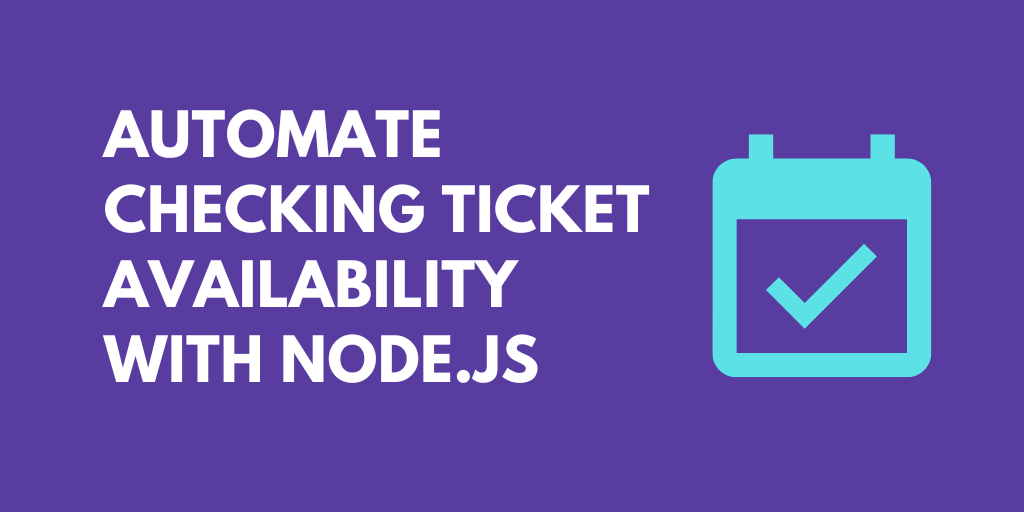What do you want to automate
with Webflow and Node?
Prompt, edit and deploy AI agents that connect to Webflow, Node and 3,000+ other apps in seconds.
Trusted by 1,000,000+ developers from startups to Fortune 500 companies
Popular Webflow and Node Triggers#
Emit new event when a form is submitted. See the documentation
Emit new event when a collection item is created. See the documentation
Emit new event when a collection item is deleted. See the documentation
Emit new event when a collection item is changed. See the documentation
Emit new event when an e-commerce inventory level changes. See the documentation
Popular Webflow and Node Actions#
Overview of Webflow#
The Webflow API empowers developers to programmatically interact with their Webflow site, enabling automation, data synchronization, and complex integrations with other apps and services. With Pipedream's serverless platform, you can harness this API to craft custom workflows that react to events, manage content dynamically, or extend the capabilities of your Webflow projects by linking them with a vast array of other applications.
You can connect your Webflow account in a few different ways:
- Directly within the workflow builder, from a trigger or an action step. Search for the Webflow app, and connect your account.
- From the Pipedream Accounts page: Go to Accounts > Connect an app > Search for "Webflow".
- Run the example Node JS code below by clicking "Connect Webflow and run", and choose a project and create an example workflow to interact with the Webflow API.
Connect Webflow#
import { axios } from "@pipedream/platform"
export default defineComponent({
props: {
webflow: {
type: "app",
app: "webflow",
}
},
async run({steps, $}) {
return await axios($, {
url: `https://api.webflow.com/v2/token/authorized_by`,
headers: {
Authorization: `Bearer ${this.webflow.$auth.oauth_access_token}`,
"accept-version": `1.0.0`,
},
})
},
})
Overview of Node#
Develop, run and deploy your Node.js code in Pipedream workflows, using it between no-code steps, with connected accounts, or integrate Data Stores and File Stores
This includes installing NPM packages, within your code without having to manage a package.json file or running npm install.
Below is an example of installing the axios package in a Pipedream Node.js code step. Pipedream imports the axios package, performs the API request, and shares the response with subsequent workflow steps:
Connect Node#
// To use previous step data, pass the `steps` object to the run() function
export default defineComponent({
async run({ steps, $ }) {
// Return data to use it in future steps
return steps.trigger.event
},
})Community Posts#
